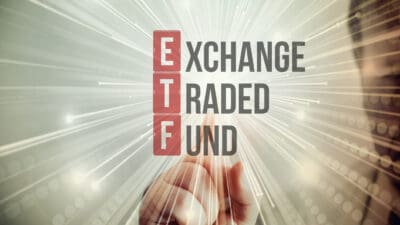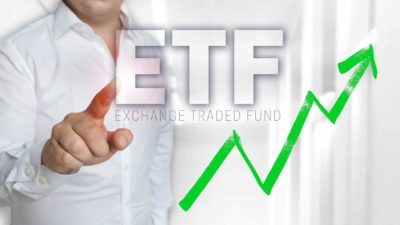Exchange-traded funds (ETFs) are a popular way to invest. Certainly, I think ASX ETFs can be a very good way to build wealth. There are two in particular I'm going to tell you about which I think can deliver strong long-term capital growth.
There are some businesses that may deliver decent returns through dividends. But others can deliver good capital growth thanks to strong customer demand, a lot of re-investment by the companies, and an attractive return on equity (ROE).
With that in mind, I think ETFs that are focused on businesses with quality metrics can do well. Here are two that stand out.
VanEck MSCI International Quality ETF (ASX: QUAL)
This ASX ETF offers Aussie investors international diversification. It's invested in around 300 businesses around the world. The following countries currently have a weighting of more than 1%: the US (74.2%), Switzerland (6.1%), Japan (3.7%), the Netherlands (3.3%), the UK (3.1%), Denmark (2.7%), Ireland (1.6%), France (1.3%), and Canada (1.2%).
But there's more to this ETF than simply diversification. It is invested in what VanEck calls the world's "highest-quality companies based on key fundamentals", including a high return on equity, earnings stability, and low financial leverage.
As of 1 May 2023, its biggest holdings included Microsoft, Apple, Nvidia, Meta Platforms, and Home Depot.
Of course, past performance is not a guarantee of future results. But, in the five years to March 2023, the ASX ETF achieved an average return per annum of 14%. It outperformed the global share market (as measured by the MSCI World ex Australia Index) which returned an average of 11% per annum over the same time period.
I think the quality of the underlying businesses can help the ASX ETF continue to deliver good capital returns.
Vaneck Morningstar Wide Moat ETF (ASX: MOAT)
This is one of my favourite ETFs on the ASX.
It's focused on US businesses that have a strong 'economic moat'. An economic moat can also be called a company's competitive advantage. It describes the ability of a business to fight off competitors or maintain its advantage. Economic moats can come in a number of different forms such as brand power, intellectual property, network effects, and cost advantages.
The analysts that decide which businesses to invest in decide on a watchlist of businesses that have an economic moat that will, in their eyes, almost certainly endure for the next decade and, more likely than not, the next two decades.
With that watchlist, the ETF invests in "targets companies trading at attractive prices relative to Morningstar's estimate of fair value".
The investment strategy has been effective. The Vaneck Morningstar Wide Moat ETF has returned an average of 16.8% per annum over the past five years.
On 1 May 2023, it had 49 holdings, with these five being the biggest holdings: Meta Platforms, Salesforce.com, Microsoft, Medtronic, and Comcast.
Foolish takeaway
I like the investment style of these two ASX ETFs and I think they can provide a mixture of both diversification and good returns.
Out of the two, I prefer the MOAT ETF but, let's be clear, I also really like the QUAL ETF.









